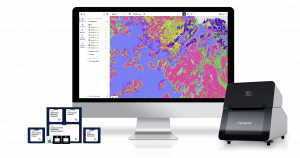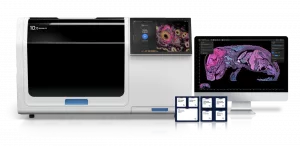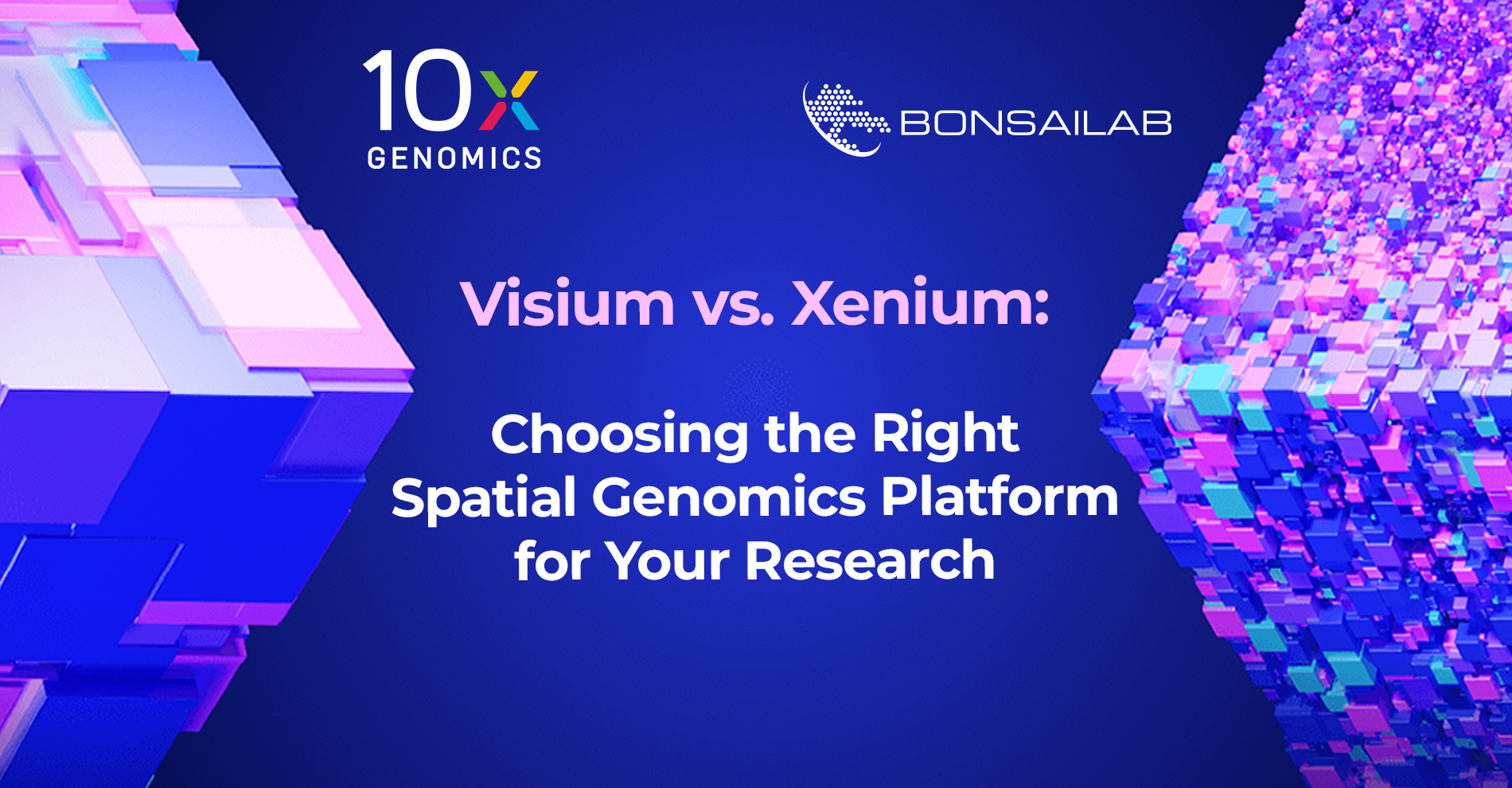Are you exploring spatial genomics and wondering which 10x Genomics platform best fits your research needs? Here's a quick guide to the key differences and ideal use cases for Visium and Xenium.
Visium Spatial Gene Expression
 Visium enables unbiased, whole-transcriptome spatial gene expression profiling. It maps the location of thousands of RNA transcripts across tissue sections, preserving spatial context.
Visium enables unbiased, whole-transcriptome spatial gene expression profiling. It maps the location of thousands of RNA transcripts across tissue sections, preserving spatial context.
Best for:
- Discovery-driven research where you want to survey the entire transcriptome.
- Projects requiring spatial mapping of gene expression patterns in complex tissues (e.g., cancer, neuroscience, developmental biology).
- Studies where tissue architecture and cell-type localization are important.
Xenium In Situ
 Xenium provides high-plex, single-molecule in situ detection of RNA (and potentially protein) targets with subcellular resolution. It allows you to visualize and quantify hundreds of specific genes directly in tissue sections.
Xenium provides high-plex, single-molecule in situ detection of RNA (and potentially protein) targets with subcellular resolution. It allows you to visualize and quantify hundreds of specific genes directly in tissue sections.
Best for:
- Targeted studies focusing on specific gene panels or pathways.
- Projects that require single-molecule sensitivity and subcellular spatial resolution.
- Validation of findings from broader discovery platforms like Visium.
How to Choose?
- Use Visium for broad, exploratory studies and spatial transcriptome mapping.
- Use Xenium for high-resolution, targeted analysis and validation of specific genes or pathways.
Many researchers use both platforms in a complementary workflow: start with Visium for discovery, then validate and dive deeper with Xenium.
BonsaiLab: Your 10x Genomics Partner in Spain and Portugal
As the official distributor of 10x Genomics, BonsaiLab can help you select and implement the right spatial genomics solution for your research.
Contact us to discuss your project and arrange a demo!

